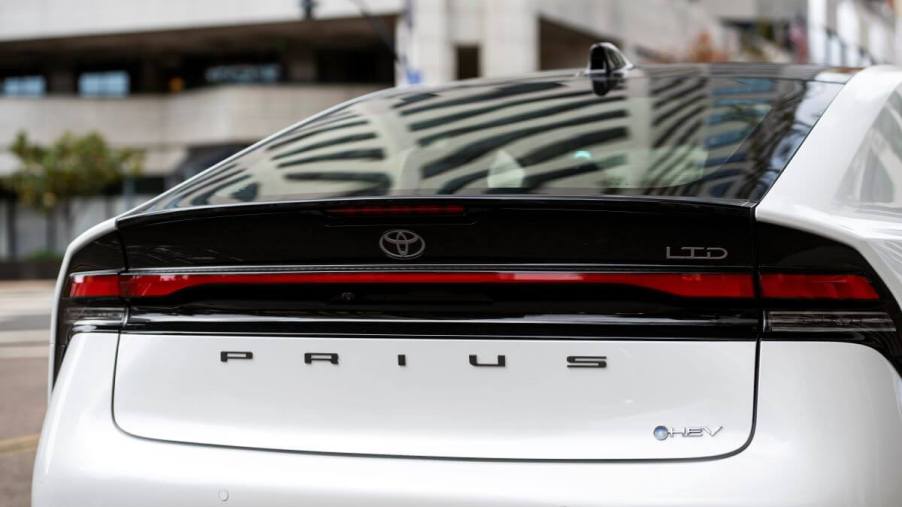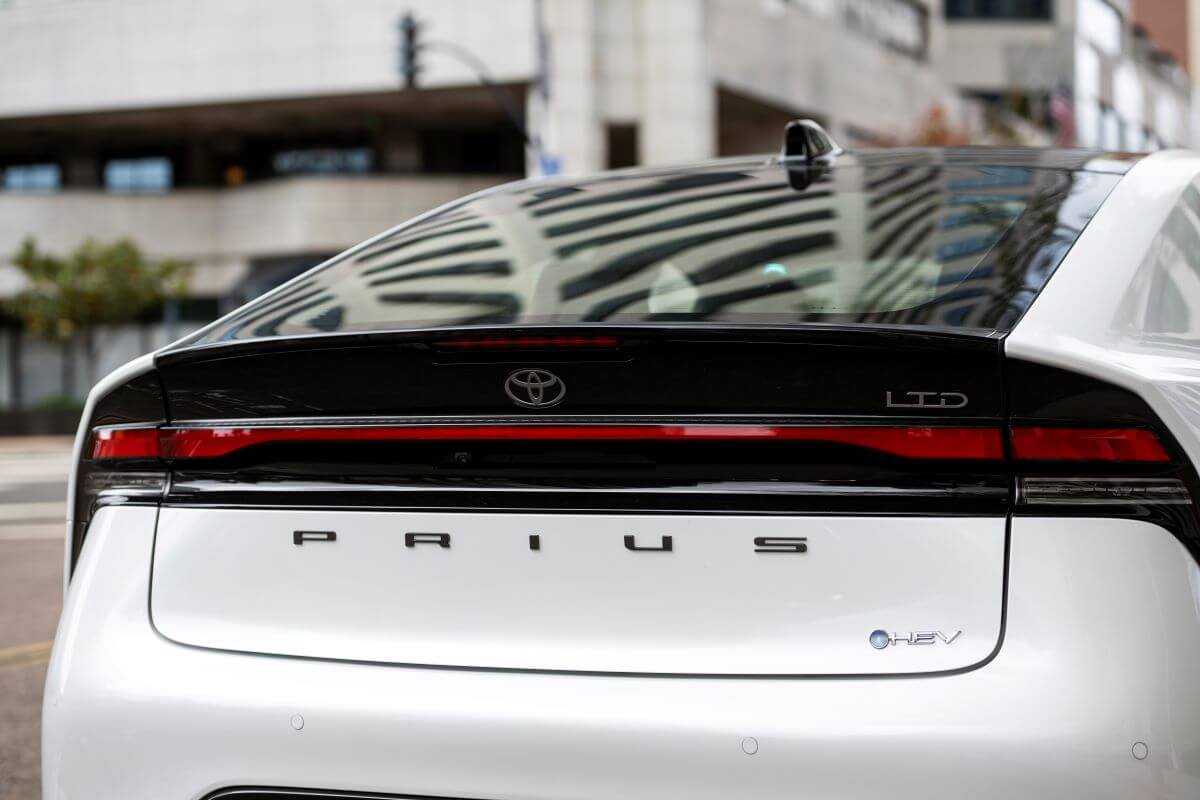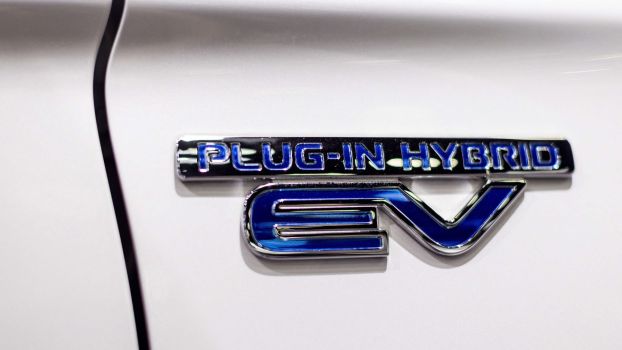
Where Does the Word Prius Come From in the Toyota Prius?
The Toyota Prius was the first major, mainstream success for consumer automotive alternatives to the traditional internal combustion engine. The name became synonymous with car buyers looking to change their consumption habits. Or, for some, a way to save money by reducing gasoline consumption to a secondary concern.
That hybrid powertrain combines a traditional gas-powered engine with an electrical motor. It solved drivers’ concerns with fully-electric vehicles by not relying purely on long recharge times. So, the word Prius holds a special place in the auto buyer’s collective imagination — but where does that name come from?
The story of the Toyota Prius
The introduction of the Toyota Prius was not a matter of pure invention, according to Toyota U.K. Magazine. Hybrid engines with both combustion and electric motors date back to 1898, nearly as old as the automobile itself. Instead, the five-year process of designing the Prius was about creating a reliable, consumer-ready hybrid car.
Those problems of design and mass production were solved in 1997 when the first model of the Prius went on sale. It presented the reliable Toyota Hybrid System motor inside a small four-door sedan chassis.
In 2003, the design shifted radically to a five-door liftback style. The line expanded to include the Prius v, a minivan, and the subcompact hatchback variant named the Prius c. The introduction of the Prius Prime was the most significant departure yet, a plug-in hybrid (PHEV) model that became available in 2016. According to Toyota, the lineup recently received a refresh for the 2023 model year, with a new sleek look to attract new buyers.
Where does the word ‘Prius’ come from?

So, with the history out of the way, what is the deal with that name? Many car names take from other languages, often using obscure words that present English speakers with a feeling rather than a direct meaning. Take, for example, Toyota’s own Camry line.
According to Toyota, Prius is a Latin word. Depending on the context, it means to go before, first, original, or superior. The name is a direct reference to the fact that this was the first hybrid to be mass-produced and widely available for consumers. No matter what comes next, the storied Japanese automaker will always point to its 1997 sedan as the first of its kind.
The state of the Toyota Prius line in 2023
Unfortunately, the once-popular Toyota Prius line has seen better days. Sales dropped 43% year-over-year from 2021 to 2022. Competition from improved all-electric vehicles — the Tesla line, in particular — has led to struggles in the hybrid space. However, a redesigned 2023 Prius, with a lower price than the luxury niche occupied by Tesla, could be the revitalization the once-popular line needs.
A Toyota press release declares that the 2023 model is shifting to a “sporty” exterior design language. It includes a 2.0L engine, a bump up from its previous 1.8L option. Additionally, the Electronic On-Demand AWD system allows for extra grip from the rear wheels at the driver’s choosing, an attempt to boost safety ratings for this latest model.
These adjustments don’t come at the cost of fuel efficiency. Even Toyota’s own highly-rated Corolla Hybrid rates below the new Prius. The 2023 model’s new design, including a new battery placement, adds up to 57 MPG in the city and 56 MPG for highway driving. The Prius Prime bolsters the line by offering 133 MPGe for drivers that prefer plug-in hybrids. These add up to the Prius line continuing to provide the best-performing hybrid models in its price bracket.



